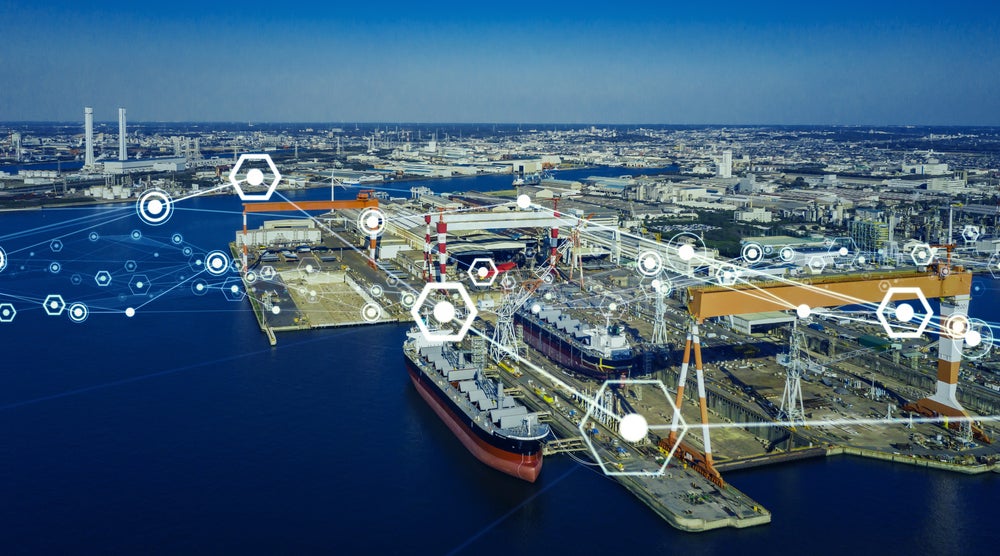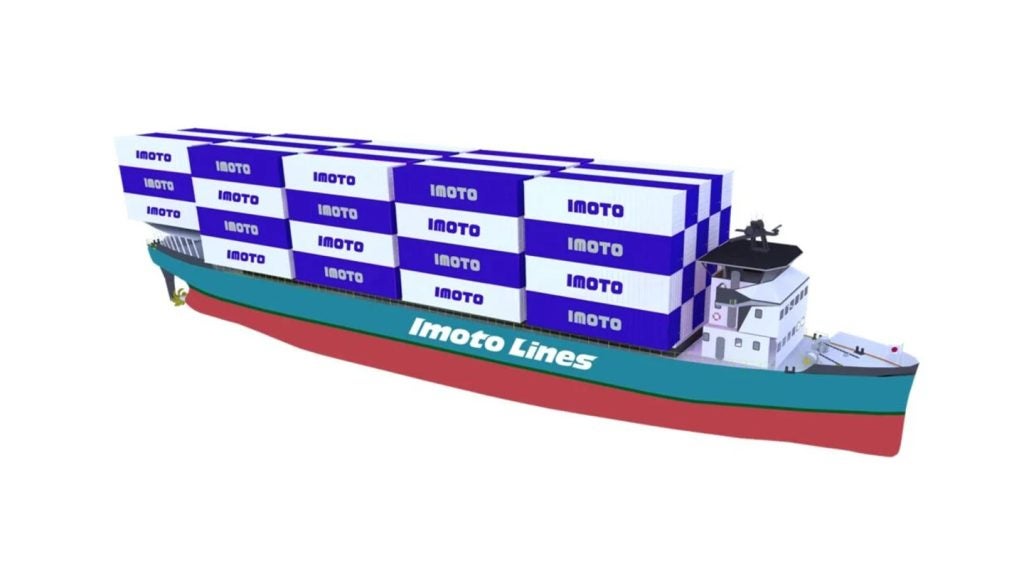Mitsubishi Heavy Industries (MHI) has developed a new system to improve the stability of damaged ships and reduce the risk of capsizing.
Nippon Shipping, a unit of Nippon Express, has already ordered the new system to be installed on a ro-ro cargo vessel.
The new system, called the ‘righting moment recovery system’, was developed by MHI in response to the strengthening of regulations on ship stability, based on revisions to the International Convention for the Safety of Life at Sea (SOLAS Convention).
It is primarily used in vessels such as ro-ro ships, pure car and truck carriers (PCTC) and ferries.
If the ship’s hull is damaged, the new system enables the quick transfer of seawater into voided spaces located in the bottom of the ship’s hull, thus reducing capsizing risk via enhancement of righting momentum by quickly lowering the ship’s centre of gravity.
The righting moment recovery system makes use of the voided spaces allocated to other functions such as fin stabilizer rooms, duct keels and ballast water tanks. According to the company the new system will eliminate the need to divide the vehicle deck area into small compartments as a result of the strengthened regulations, facilitating smoother vehicle maneuvering within the ship.
How well do you really know your competitors?
Access the most comprehensive Company Profiles on the market, powered by GlobalData. Save hours of research. Gain competitive edge.

Thank you!
Your download email will arrive shortly
Not ready to buy yet? Download a free sample
We are confident about the unique quality of our Company Profiles. However, we want you to make the most beneficial decision for your business, so we offer a free sample that you can download by submitting the below form
By GlobalDataThe ro-ro vessel ordered by Nippon Shipping, which will have a length of 170 metres, is capable of travelling at speeds of 23 knots, carrying about 170 trailer chassis and 100 passenger cars and consuming 10% less fuel.
A roll-on / roll-off vessel designed to carry wheeled cargo such as automobiles, truck trailers and cargo can be driven on and off the ship on their own wheels. The vessels are equipped with features which enable the vessel to swiftly load vehicles even at ports not equipped with cranes and other conventional hoisting devices.
The ship will be built at the company’s Shimonoseki Shipyard and Machinery Works and is scheduled to be delivered in March 2013.






